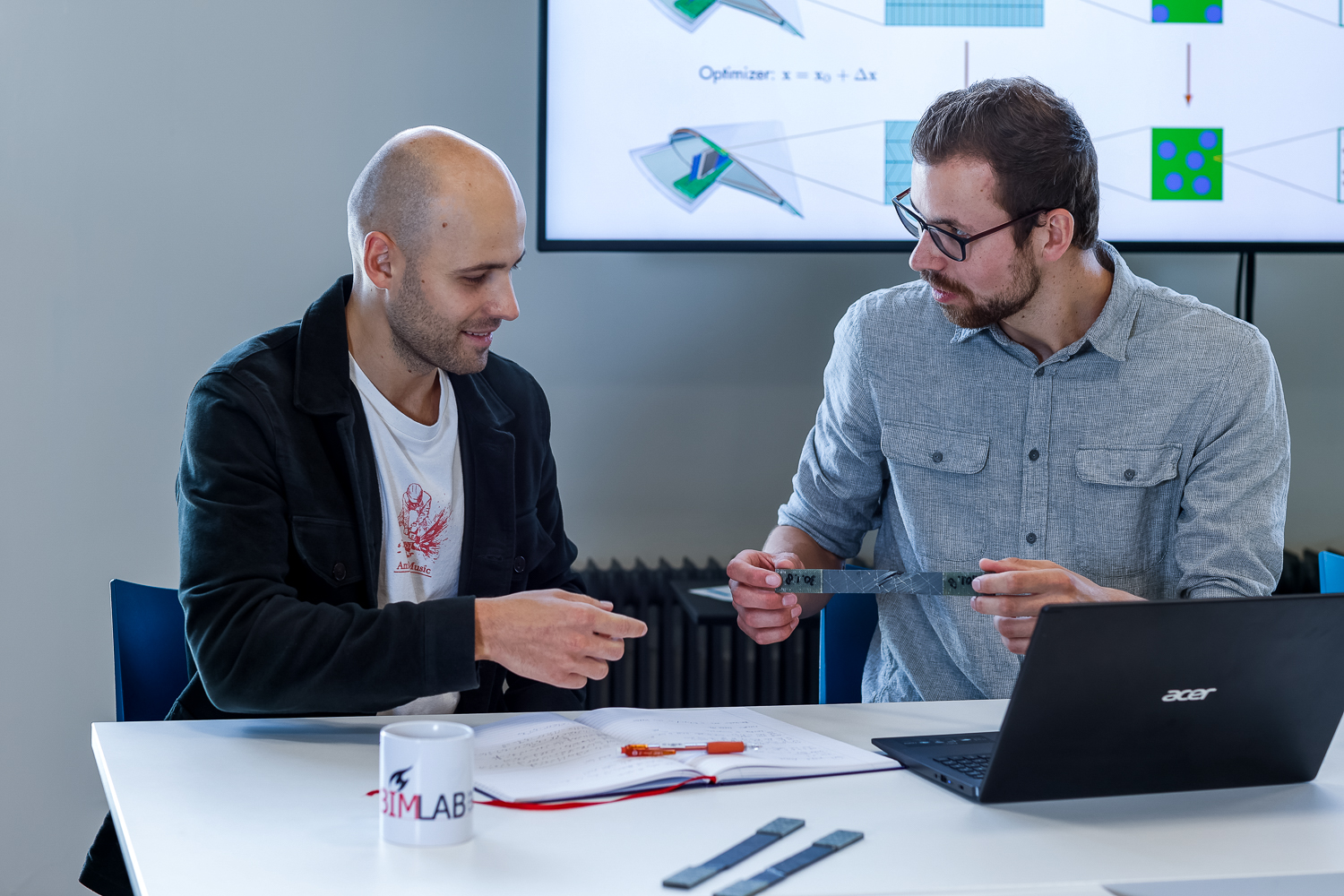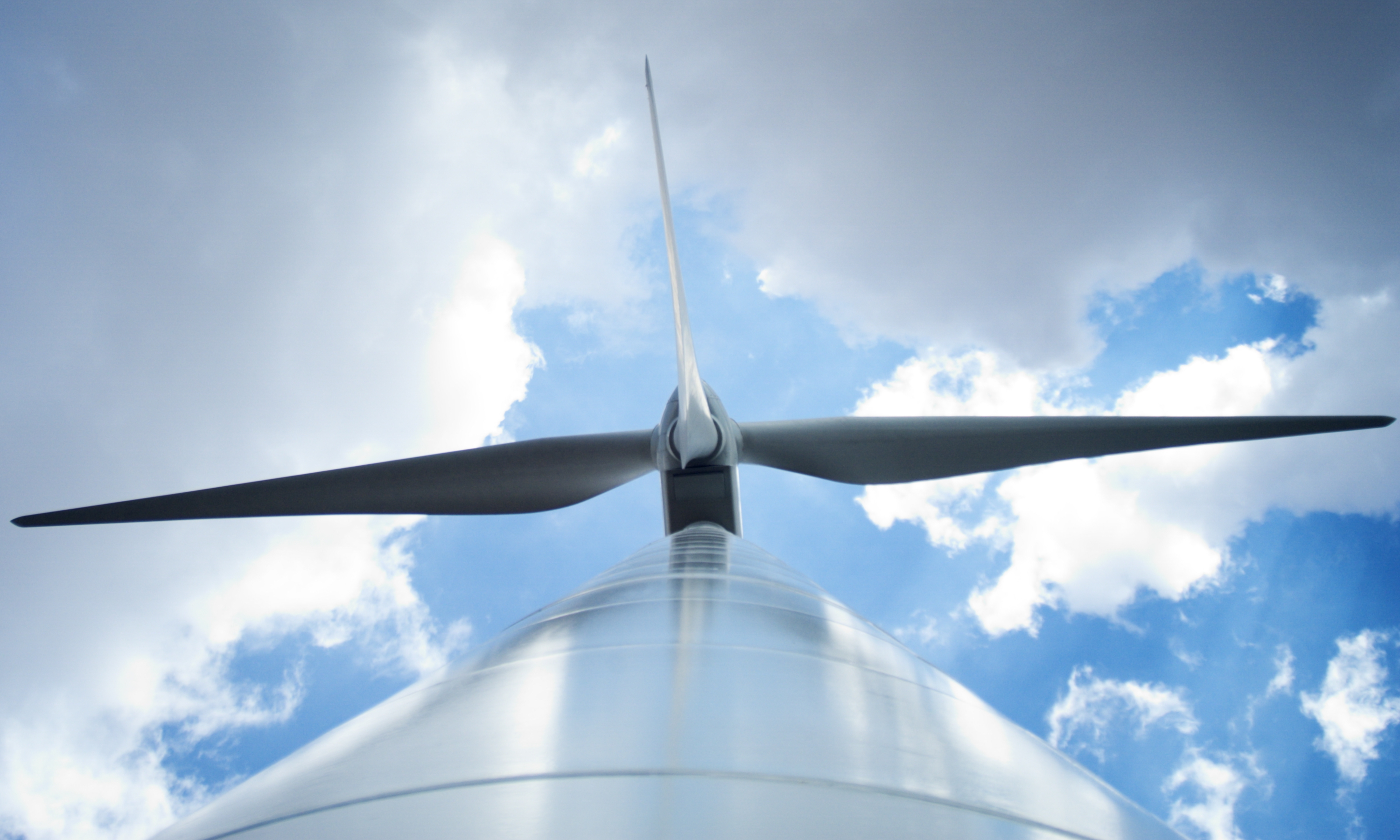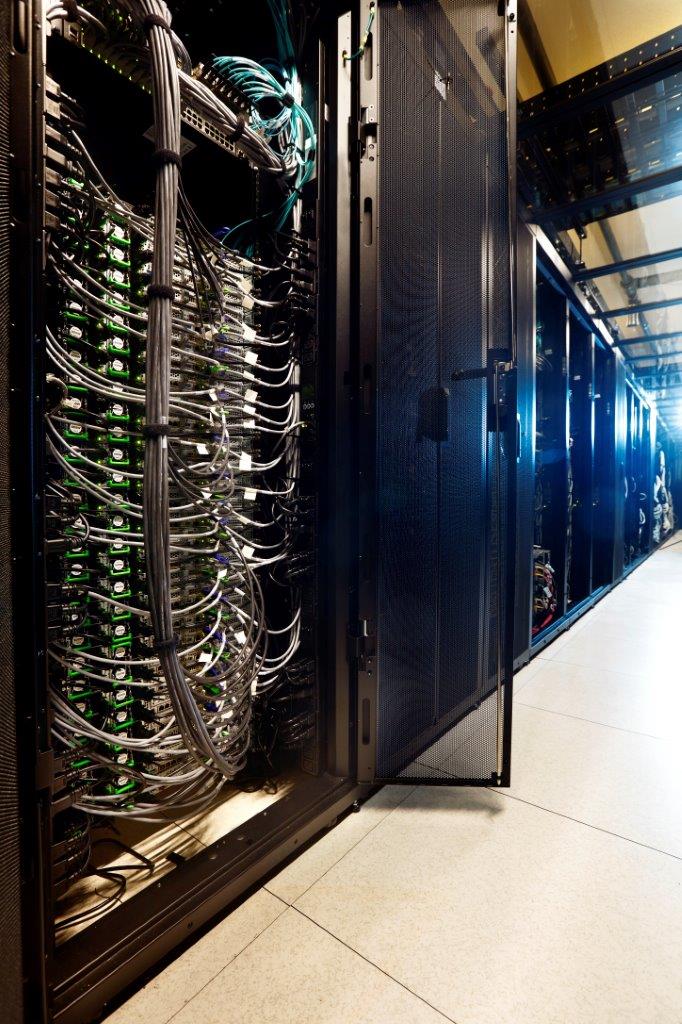Better material models thanks to artificial intelligence
From buildings to aircraft or wind turbines - computer models are indispensable in calculating how much a large structure can withstand. Before they are actually built, they are simulated in detail. “Well, not really in microscopic detail, that would take too much calculation time and therefore be too expensive, but on the basis of averages,” says Ir. Joep Storm, PhD candidate at the Faculty of Civil Engineering and Geosciences at TU Delft. The fact that there’s little wrong with wind turbines suggests that the models are working fine. Still, Storm wants to improve them, with the help of artificial intelligence. That’s how he became 'top user' of supercomputer DelftBlue.
Large safety margin
Calculations on structures and structures are an important research topic within the disciplines of Civil Engineering and Mechanical Engineering. Storm is doing his PhD project at the former faculty. “Nowadays, a lot of construction is done with fibre-reinforced materials. They derive their strength from the combination of, for example, concrete and tiny fibres of steel or plastic. Simulating how every square micrometre of material in a wind turbine behaves in wind force 10 takes years of calculations, which is expensive. Therefore, simulations of local behaviour are usually averaged, and conclusions are drawn about the 'macrobehaviour' based on these averages.” Are these models sufficient? Storm: “The models are not that accurate. That is why everything is designed with a large safety margin. For example, we make materials 20% thicker than the models indicate to be absolutely sure that they are safe. If we had more accurate models, we would require less material and save costs.”
A thousand scenarios
“We start with proven physical models. These are reliable but require a lot of computing power, too much to calculate material behaviour down to micrometre level at every step of the design process. We first calculate a thousand scenarios and feed those results to an artificial intelligence based model. After the model is trained on the existing data, it can predict similar properties using only a fraction of the computing power required for the physical models. Finally, we combine the output of the artificial intelligence model with physical models to arrive at a good prediction.”
The learning process of an artificial intelligence based model takes a lot of time and computing power, for which DelftBlue is indispensable.
Joep Storm, PhD candidate at the Faculty of Civil Engineering and Geosciences at TU Delft
Fraction of computing power
The learning process of an artificial intelligence based model takes a lot of time and computing power, for which DelftBlue is indispensable. Storm is therefore one of the top users of DelftBlue. “DelftBlue is super nice to use. Simple, too. Each calculation takes about 5 days, which is the maximum that DelftBlue allows. As soon as DelftBlue starts working on a calculation, I have already put three new requests in the queue. Ideally, this computing time produces a model that can predict the material behaviour very accurately at a fraction of the computing power. You could even run a well-trained model on your laptop on the train.” Storm works with the latest developments in the field of artificial intelligence. “For example, we use complex neural networks – so-called graphs – with which each piece of simulated material can be linked to the surrounding pieces. To do these linked calculations, we work with big matrices full of numbers." Graphical processing units (GPUs) are needed to perform calculations on such matrices. DelftBlue has them in abundance. “A lot is happening in the field of machine learning. Every few months there are new things I can try. It’s hard to delineate your research."
Full microscale
The use of artificial intelligence for material calculations isn’t new. Thousands of scientists around the world are working on it. “What makes my research unique, but also complex, is that we want to know more than just the macroscopic, average behaviour of the material. We want to know what's happening inside, on the microscale. Because if we know this, we can refine the design and sense whether the predictions made by the artificial intelligence are realistic and therefore reliable. That's why we also use physical models in combination with the artificial intelligence. By calculating the full microscale, it is also possible to return to the full physical model at any time. This means that when the artificial model is very uncertain about a calculation, I can revert back to the physical model, which is not possible with models that only calculate averages.”
DelftBlue is super nice to use. Simple, too. Each calculation takes about 5 days, which is the maximum that DelftBlue allows.
Joep Storm, PhD candidate at the Faculty of Civil Engineering and Geosciences at TU Delft
Omniscient and reliable?
Engineering firms that design tomorrow’s wind turbines currently do little with artificial intelligence, says Storm. “We are not far enough yet, we first have to be sure that the models are reliable. There is fear of the 'black box': the user puts something into the model, and a prediction emerges, without the user knowing exactly what the model has done to arrive at that prediction.” In addition, a model that has been trained on one material cannot simply be applied to other materials. “I do expect that retraining the model for another material will take less time than for the first material,” says Storm. So, an omniscient and reliable model is still far away? “I don't see it happening in the next ten years, but who knows?”







